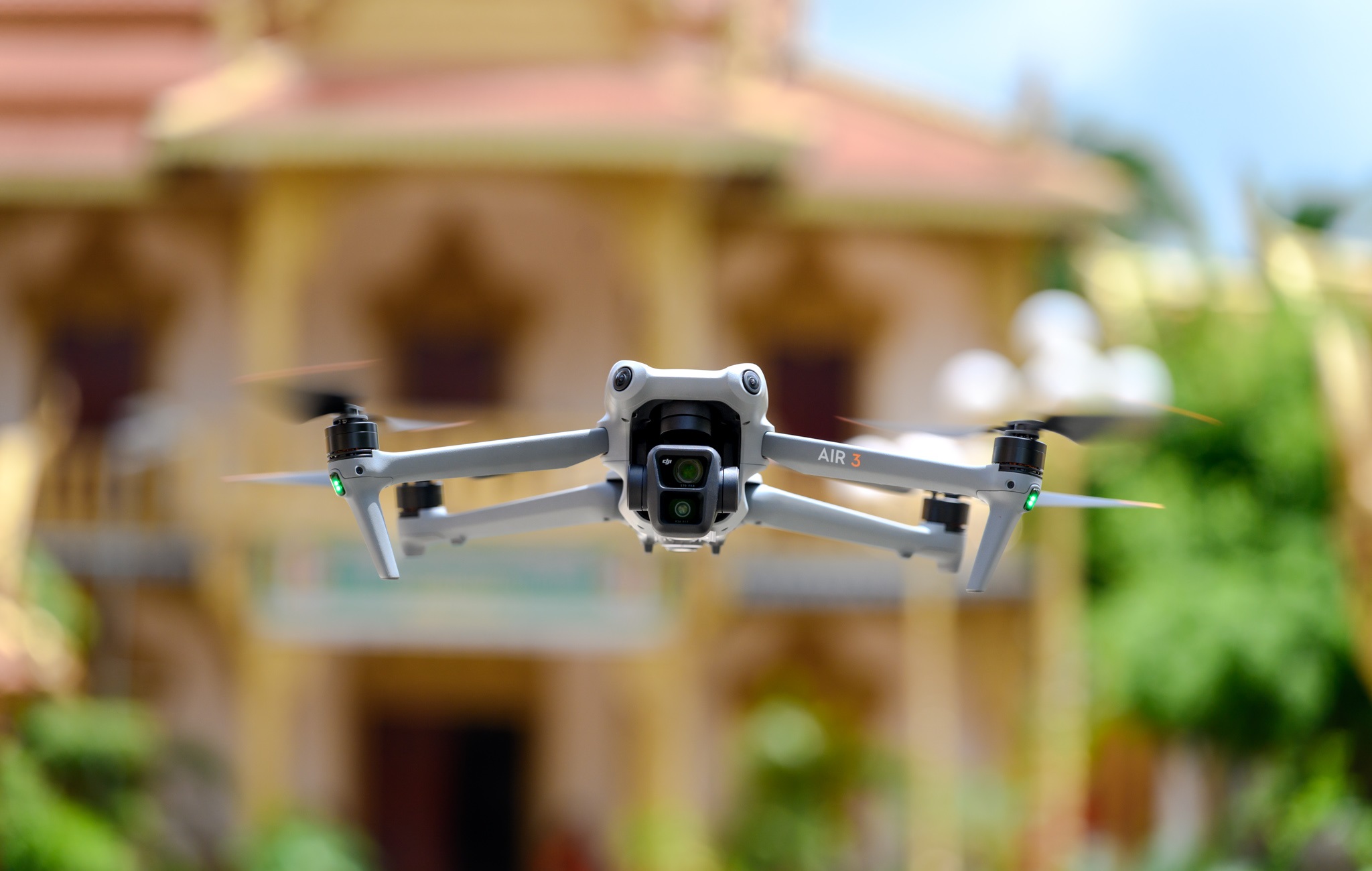
Introduction
The DJI Air 3 stands out not as the Mavic 3 Pro, Mini 3 Pro, nor the Inspire 3, but as perhaps the most valuable drone currently available if you’re in the market for a new UAV. What can you expect from a “flying camera”? Long flight duration? The Air 3 delivers with up to 46 minutes. Speed? Check. Dual camera setup with a wide-angle and telephoto lens? Absolutely. Multiple sensors for safe, obstacle-free flying? The Air 3 features the latest multidirectional sensor technology, akin to that of the Mavic 3 Pro.
| Camera | Dual 48MP |
| Sensor | 1/1.3 inch CMOS sensors |
| Lens Focal Lengths | 24mm with f/1.7 aperture, 70mm with f/2.8 aperture |
| Video | Supports 4K/60p HDR and slow-motion up to 4K/100p |
| Image/Video Format | 10-bit D-Log M and 10-bit HLG |
| Flight Time | Up to 46 minutes |
| Weight | 720 grams |
| Transmission Range | Up to 20 km (with O4 HD) |
| Control Options | DJI RC2 controller |
| Obstacle Avoidance System | Multi-directional sensors similar to Mavic 3 Pro |
| Additional Features | Vertical video recording (2.7K at 9:16), Night Mode, APAS 5.0, Dual Native ISO |
| Connectivity Options | Supports O4 HD Image Transmission |
DJI Air 3 Fly More Combo with DJI RC 2
Camera Setup
The Air 3’s dual camera system both boast a resolution of 48MP. When DJI unveiled this drone, I was instantly intrigued—even before getting my hands on it, I knew I would be impressed. Imagine having a Mavic 3 Pro combined with a Mini 3 Pro, but in a more compact size, more affordable price, yet still equipped with two cameras.
Image/Video Quality
In the video, you can see that I use the 70mm focal length extensively—not just to test its quality compared to the Mavic 3 Pro, but genuinely because I love the telephoto perspective. Everything appears more compact, closer, and more focused. Both cameras support dual ISO, allowing you to shoot 4K/60p HDR video and slow-motion up to 4K/100p, ensuring post-production consistency. Moreover, both support 10-bit D-Log M and 10-bit HLG, similar to the Mavic 3 Pro.
Performance
The Air 3 can fly for up to 46 minutes, which is quite impressive. Under the conditions I tested, the total flight time was about 35 minutes. If you push the battery to its limit, you’ll get about that much time, but for safety, like me, you’d reduce that by 5-7 minutes. Once the battery low warning activates, it’s time to return home (RTH).
Night Mode
Another surprising feature is the Night Mode, which allows you to shoot up to 4K/30p in darker settings, reducing noise and adjusting ISO levels appropriately.
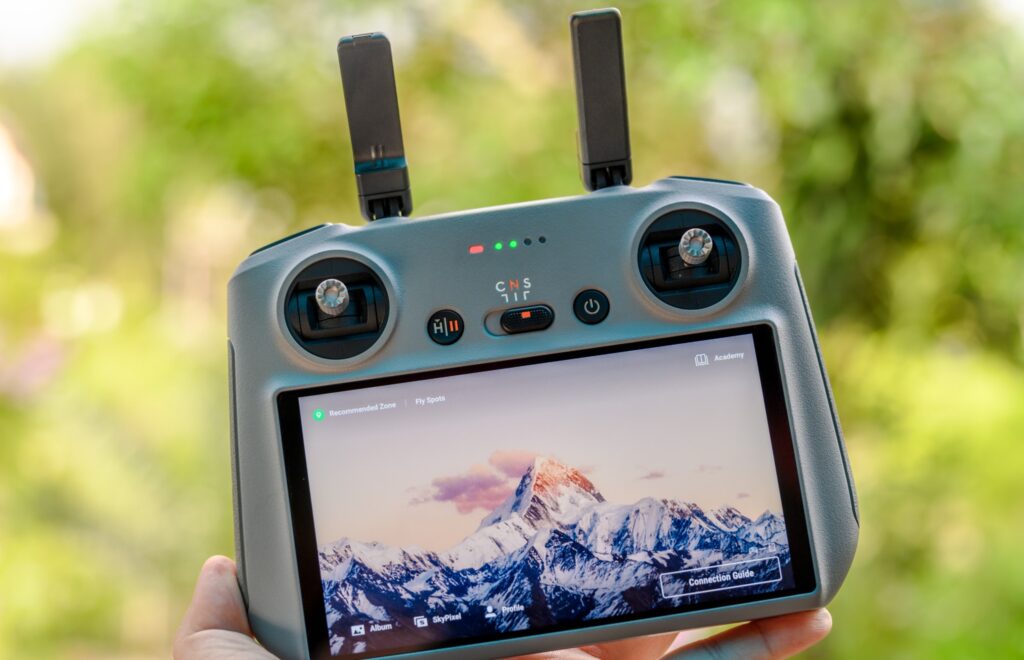
Obstacle Sensors
For the first time in the Air series, the drone features obstacle detection sensors that you’d expect from the likes of the Mavic 3. These sensors are placed around the body of the Air 3, similar to those on the Mavic 3, ensuring safer flight navigation.
Advantages:
- Dual camera setup for versatile shooting.
- Extended flight time for prolonged missions.
- Advanced obstacle avoidance for increased safety.
Disadvantages:
- Reduced sensor size from 1 inch to 1/1.3 inch may concern some users.
- Higher cost compared to basic models, though justified by its advanced features.
Conclusion
The DJI Air 3 is a drone that offers professional features like a dual camera system and multi-directional obstacle sensing in a compact and relatively affordable package. With its extended flight time and robust build, it’s an excellent choice for those who want professional drone capabilities without the professional price tag. It stands as a noteworthy option for anyone looking to upgrade to a powerful, feature-packed UAV.

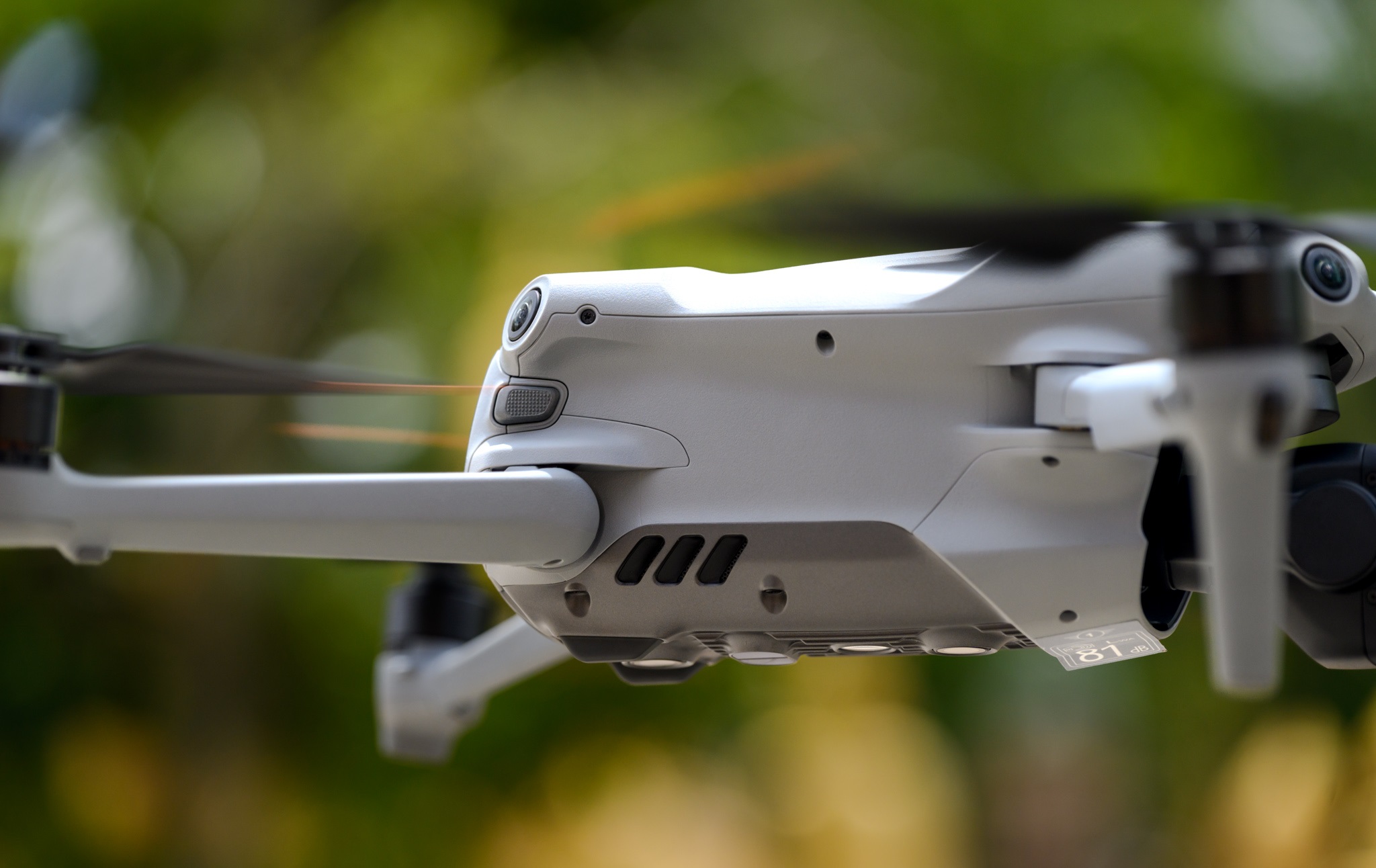
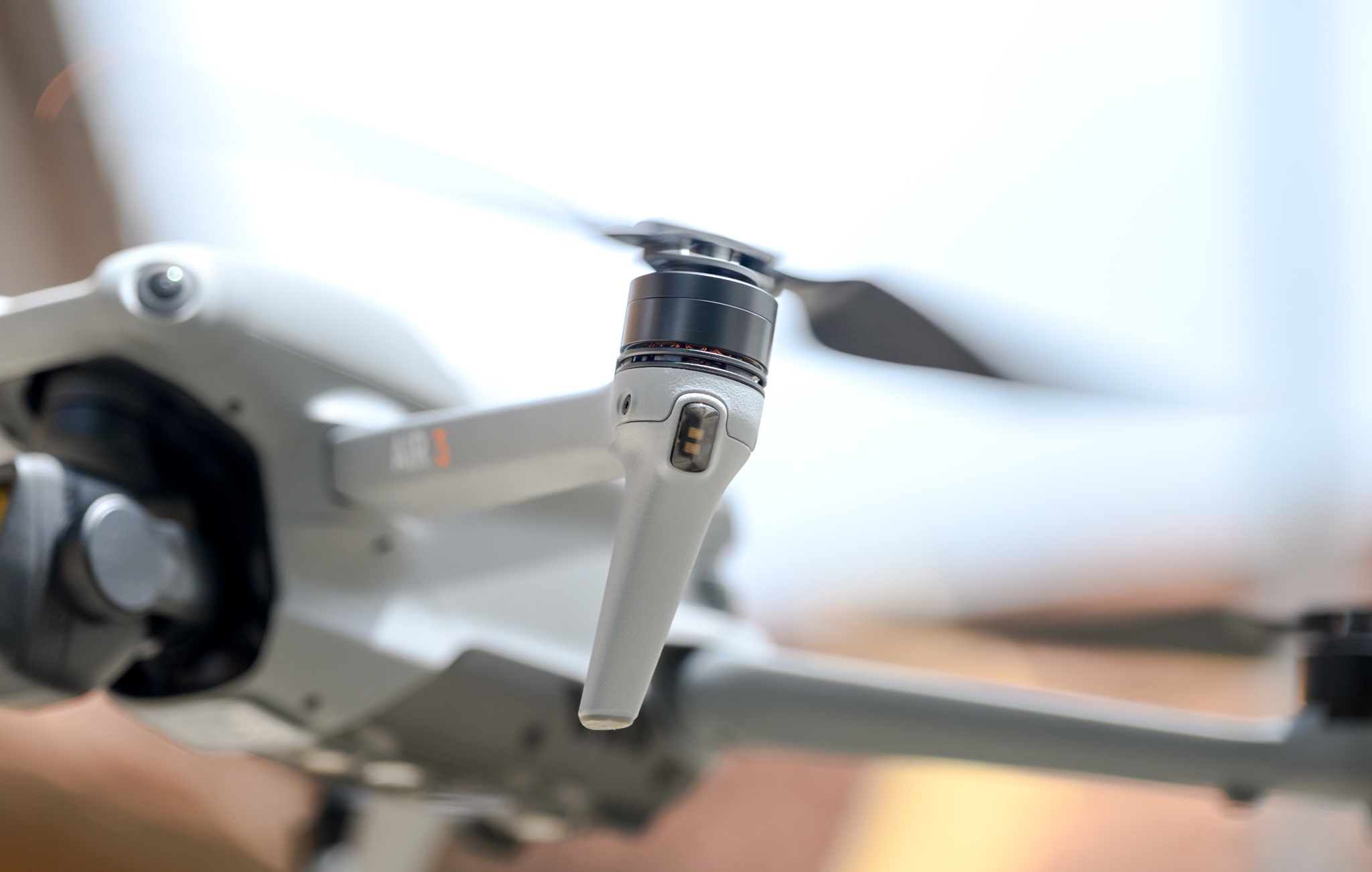



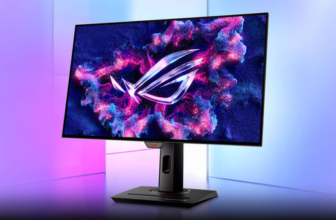
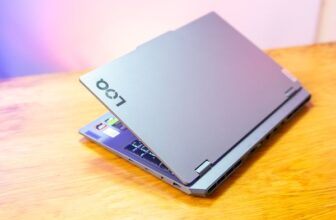
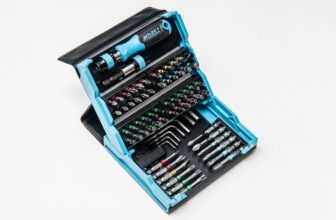
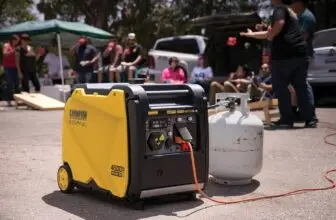

PCzjfRDXH
MkIlNYqZs